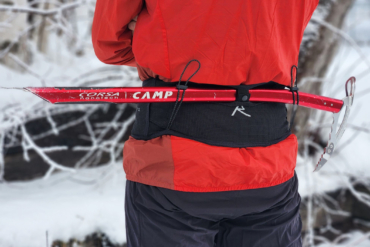More than one million runners, 217 million miles, and five years of study reveal runners influence each other’s habits. And they’re competitive about it.

In a study titled “Exercise contagion in a global social network,” Scientists from MIT tracked runners’ exercise habits with fitness-tracking devices. They compared daily distance, duration and pace, calories burned, and frequency of runs, within runners’ social networks.
As expected, some of the results, published in the Journal Nature, were more obvious than others. For one, people run more when their peers run. And for the competitive, when friends run faster and farther, peers do as well.
However, other results from the study illuminated gender-specific findings. Men strongly influence men, women moderately influence both men and women, and women are not as influenced by men.
The study found people are more influenced by those performing worse than themselves. Put another way, our less-fit friends motivate us to stay in shape and ahead of the competition more than elite athletes do.
Of course, the findings derive from statistical datasets, where majorities inform results. There are outliers in each group, and these are sweeping generalizations. The research team did not state which fitness tracking devices were used.
Contagious Running
Published April 18, 2017, scientists used a mountain of data available from fitness-tracking wearables. More than one in five Americans own a wearable fitness-tracking device. And more than 100 million people use fitness trackers worldwide.
Runners did not self-report data. According to the study, “When a run was completed, it was immediately digitally shared with a runner’s friends.”
The study looked at the correlation between an individual’s running behavior and that of their friends. For example, when an individual’s peers ran an additional kilometer, the individual ran an additional 6/10ths of a kilometer. An additional 10 minutes of running by one’s peers led to an additional 5.3 minutes running of their own.
The next time you’re running, think about why you’re running and if some of these findings align with your experience. As shown in the study, chances are they do.








